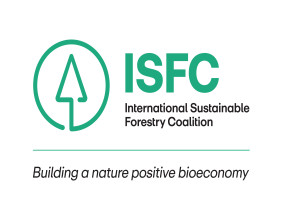Highlights
Waste-to-energy facilities present an alternative to landfill sites, focusing on energy conversion from waste materials.
Research indicates efficiency variations due to waste composition and technological advancements.
Improvements in waste sorting and facility upgrades can enhance sustainability outcomes.
Waste-to-energy plants have emerged as an alternative to traditional landfill disposal, converting waste into usable energy. These facilities operate using thermal processes such as combustion, thermal oxidation, gasification, and pyrolysis, transforming waste into steam and electricity. While considered a viable waste management method, efficiency levels vary depending on the composition of waste materials and the technological advancements implemented within the facilities.
Findings on Facility Efficiency
A recent study assessed hundreds of waste-to-energy plants over multiple years, focusing on operational efficiency and emissions impact. The findings indicate that while these plants reduce landfill dependency, variations in waste composition significantly influence efficiency. The presence of non-biodegradable materials such as plastics has been linked to higher emissions in certain facilities, particularly those with older technology.
Enhancing Performance through Waste Segregation
One of the key recommendations from the research emphasizes improved waste segregation at the source. Effective classification of waste materials allows facilities to implement targeted treatments, optimizing energy conversion processes. Regions with established waste classification systems demonstrate higher energy output and lower emissions compared to those without standardized sorting practices.
Technological Innovations in Energy Conversion
Upgrading facility technology is another essential factor in improving sustainability. Advanced energy conversion modules, despite requiring higher initial capital investments, offer long-term benefits through increased efficiency. The implementation of modern combustion techniques and enhanced thermal recovery systems can significantly optimize operations.
Exploring Carbon Capture Integration
The study also highlights the potential integration of carbon capture technology within waste-to-energy facilities. These systems enable the capture and utilization of carbon emissions, aligning with environmental sustainability efforts. As industries explore methods to mitigate greenhouse gas emissions, incorporating carbon capture strategies could further enhance the role of waste-to-energy facilities in a cleaner energy landscape.
Future Outlook for Sustainable Waste Solutions
By focusing on waste classification improvements and adopting modernized technology, waste-to-energy plants can enhance efficiency while reducing emissions. As cities expand and waste management demands increase, optimizing these facilities remains a crucial step toward achieving long-term sustainability. Balancing waste-to-energy expansion with clean energy initiatives ensures a more effective approach to modern waste disposal challenges.






